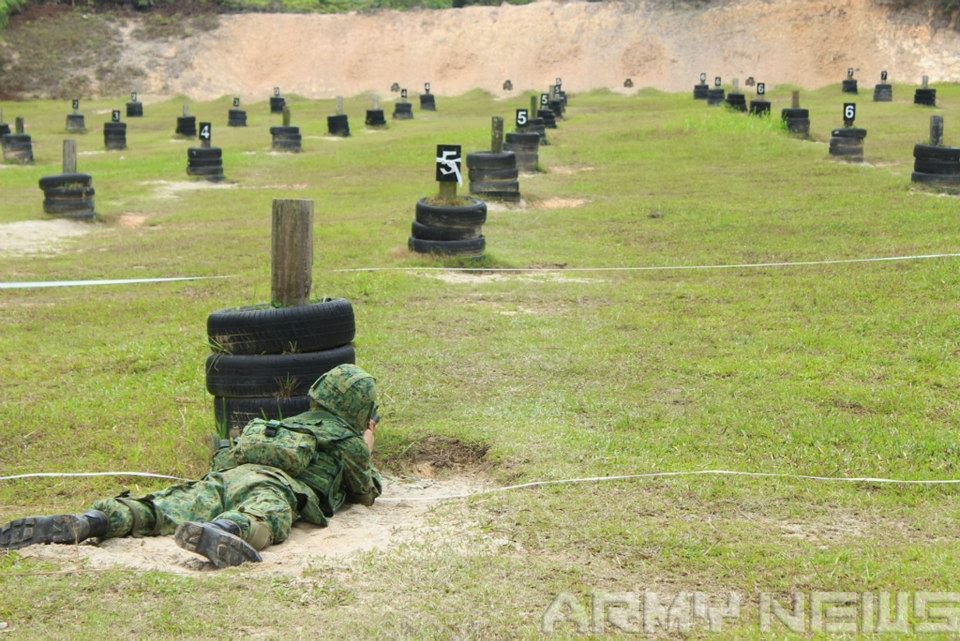A quick internet search suggests quite a few countries with the potential to build and deploy nuclear weapons - Brazil, Spain, Italy.
Closer to home in Asia, there are Japan, South Korea, and Australia. It could be that some nations literally have the nuclear weapon's core and pit and separate rooms, held in readiness, or have a few-year timeline to acquire the necessary raw material such as plutonium and advanced circuits to control the bomb's detonation.
Near Singapore, Australia is a prime candidate - its uranium reserves are well-known, and groups such as ANSTO demonstrate Australian expertise in nuclear science. The RAAF could potentially have delivered it as well; its F-111 fleet could have carried gravity bombs, or a more technically complex weapon may have been mated with the Israeli "Popeye" cruise missile, which was acquired in the late 1990s. Today, the RAAF's F-18s could carry gravity bombs or AGM-158 cruise missiles with nuclear warheads. Admittedly, this fascinates your author because one does not often think of Australia as a potential regional hegemon.
 |
| Australian F-111 with Popeye missile |
Why hide a certain capability? There are multiple considerations - at the expense of deterrence and building confidence in one's own military, a secret capability provides a big stick to be used in actual conflict.
Additionally, there perhaps may be no geopolitical need to build or announce a capability. Japan and South Korea would not profit from ratcheting up tensions by building their own nuclear weapons, covered as they are by American security guarantees, and the same goes for NATO nations (see note below). This can be compared with the case of Pakistan, who sought a nuclear capability in response to India, and China, whose arsenal is largely road-mobile short-range missiles that can hit targets in Asia but not Europe or the continental United States.
More urbanely, it may simply not be popular to announce a nuclear program. In general, the global anti-nuclear taboo remains strong. In Australia's context, strong antinuclear sentiment among its population suggests that even if a covert nuclear weapons capability did exist, making it public would win the military and the incumbent government no support.
Vague leaks alluding to it may be sufficient to deter - there are a staggering number of things attributed to the CIA and the United States' military. Israel certainly profits from muttering about its "Samson Option".
It ultimately depends on the national priorities of the nation in question, and is really a question for individual decision-makers. Perhaps Singaporeans can sleep soundly knowing that most potential nuclear powers in the region are responsible states, with the potential capability to deter any moves by the openly nuclear powers in Asia.
Note: Interestingly, under NATO nuclear sharing agreements, some NATO members host American nuclear weapons on their own soil. These can be used by the host nation in times of conflict. The weapons are nominally guarded by US troops and the US insists it has final control over their use, sidestepping the proliferation question. Obviating the need for others to acquire their own capability is a sensible move by a superpower.
